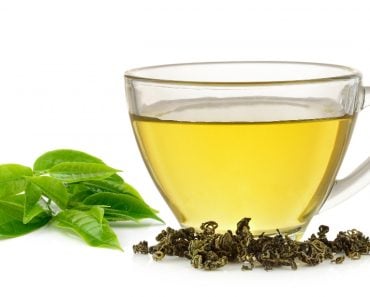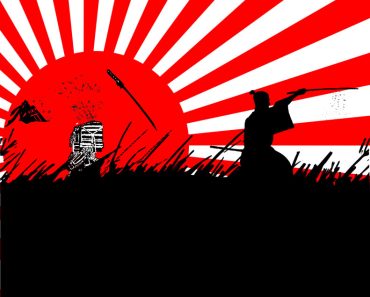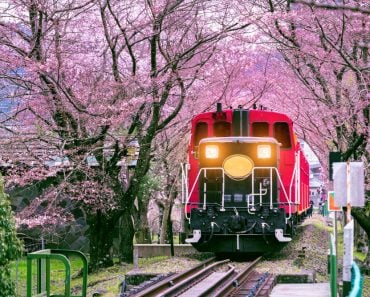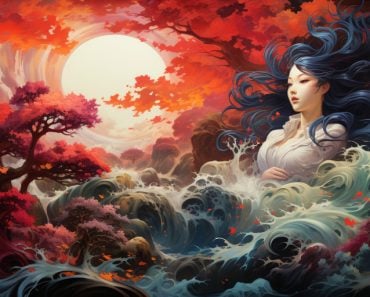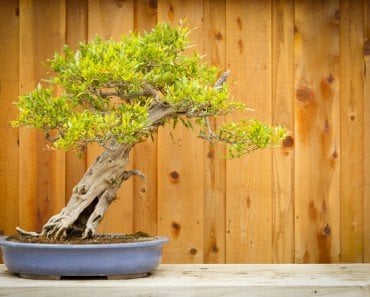The Japanese tea ceremony endures due to Zen influence, simplicity, and cultural preservation, simultaneously offering mindfulness and honoring tradition.
Guests sit on tatami mats, dressed in elegant kimonos. A tea master, wearing traditional attire, gracefully prepares matcha tea with precise and deliberate movements. The room is adorned with a single arrangement of seasonal flowers and a scroll with calligraphy. Utensils for tea preparation, including a bamboo whisk and a tea bowl, are meticulously arranged. The tea master, with meticulous focus, serves each guest a bowl of frothy, bright green matcha. As the guests sip the tea, they engage in polite conversation…
Recommended Video for you:
Japanese Tea Ceremony
The Japanese tea ceremony, known as “chado” or the way of tea, has captivated people for over 500 years with the sheer aesthetic of calm it elicits. This elegant, ritualistic practice involves the preparation and consumption of matcha tea in a specialized tearoom, but it encompasses much more than the simple act of drinking tea.

Rooted in Zen thought and symbolism, the Japanese tea ceremony is a holistic art form that includes elements of architecture, landscape gardening, ceramics, painting, calligraphy, flower arranging, and even the culinary arts. Its enduring appeal can be attributed to its deep cultural significance, historical evolution, and profound philosophical underpinnings.
Origins In Zen Buddhism And Medicinal Use
The origins of the Japanese tea ceremony can be traced back to Chinese Buddhist monasteries, where tea was initially used for medicinal purposes—and to keep monks awake during long meditation sessions.
As tea gained popularity in China during the Tang Dynasty, it also found its way to Japan. The Japanese monk Eisai, who studied Buddhism in China, is thought to have introduced tea to Japan along with Zen Buddhism. This marked the beginning of the integration of tea into Japanese culture.
Zen Buddhism played a pivotal role in shaping the philosophy behind the tea ceremony. It emphasized the concept of mindfulness and being fully present in the moment. Tea became a way for practitioners to achieve a state of mental clarity and tranquility. The act of making and consuming tea became a form of meditation, and this integration of Zen principles into the tea ceremony continues to be a fundamental aspect of its appeal.
One of the oldest remnants of the Japanese tea ceremony lies in Ginkakuji’s tearoom. The Togudo Hall houses the oldest surviving tea ceremony room in Japan.
Samurai And Tea
The rise of samurai culture played a significant role in the evolution of the Japanese tea ceremony. During the Muromachi period (around 1333-1573), when Japan’s domestic tea production increased, the warrior and merchant classes began to embrace tea culture. Samurai warriors hosted lavish banquets featuring matcha tea, sometimes accompanied by sake. This transformed tea drinking from a spiritual and medicinal practice into a more prescribed ritual associated with the elite.

Tea, deeply rooted in Zen concepts of harmony and respect, played a crucial role in forging consensus among rival samurai during the turbulent Sengoku (Warring States) period, which began in 1467. The refined and structured nature of the tea ceremony provided an opportunity for samurai to come together, share experiences, and promote unity. This unexpected source of cultural bonding helped alleviate the turmoil of the era.
Development And Influence Of Sen No Rikyu
The true transformation of the Japanese tea ceremony took place during the 16th century, thanks to Sen no Rikyu. He is often regarded as the father of the modern tea ceremony, emphasizing simplicity and minimalism in stark contrast to the extravagant banquets of the time. Sen no Rikyu’s tea ceremonies were characterized by their carefully designed simplicity, known as wabi-sabi. This aesthetic celebrates the beauty of imperfection, impermanence, and the appreciation of what some may deem old and faded.
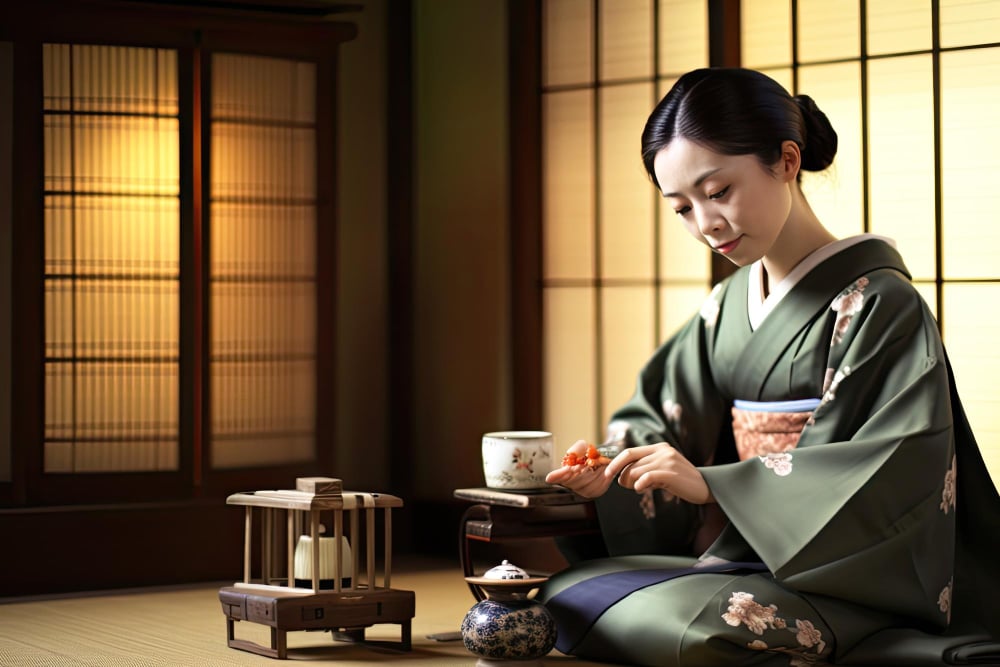
The Legacy And Evolution Of The Japanese Tea Ceremony
One of Rikyu’s notable contributions was the elimination of social distinctions within the tearoom. By designing a low entrance that required all guests to bow before entering, he emphasized the equality of all participants, regardless of their social status, which induced humility in his guests.
This egalitarian approach was revolutionary in a society characterized by a strict hierarchical class system.
The legacy of Sen no Rikyu’s teachings endured for centuries, guiding the development of the modern schools of the way of tea. The ceremony’s rituals, procedures, utensils, teahouse architecture, and tea-garden landscaping all owe their foundations to Rikyu’s innovations. The tea ceremony became not just a social event, but a means of forging and reinforcing social bonds among the elite classes of Japan.

Throughout history, the Japanese tea ceremony has adapted and evolved in various ways. During the Meiji Restoration of the late 19th century, it began to include women, transforming it from an exclusively male practice. Today, most teachers and students of the tea ceremony are women, and the practice continues to be a way of preserving Japanese traditions and culture.
Conclusion
The global fascination with the Japanese tea ceremony persists due to its multifaceted nature. Beyond being a simple act of drinking tea, it is a holistic art form that encompasses philosophy, aesthetics, and cultural heritage. Its deep roots in Zen Buddhism, the legacy of Sen no Rikyu, and the enduring appeal of wabi-sabi aesthetics have contributed to its enduring popularity.
Moreover, the ceremony’s ability to transcend social boundaries and provide a moment of mindfulness in a busy world makes it relevant even in our modern age. As trends and flavors come and go, the Japanese tea ceremony remains a timeless and cherished cultural treasure, offering a glimpse into the rich tapestry of Japanese history and tradition.


